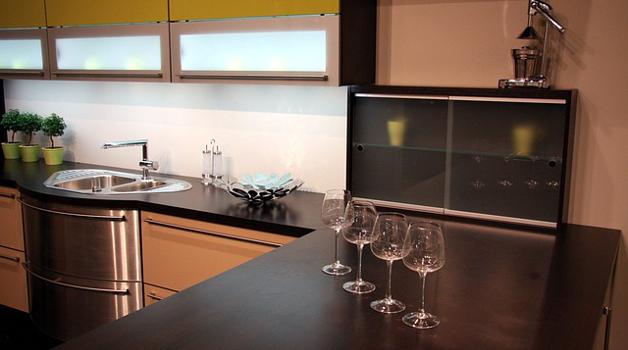If you wish to be eco-friendly, your cooking area will likely be the nexus of that objective. It is where you put together food, which also suggest it is where you have the opportunity to create one of the most waste. It is exactly where food scraps turn into garbage, where foodstuff storage containers can generate unneeded waste and just where recyclables might get into the recycling bin. Fortunately, there are numerous basic adjustments to make it better to transform the kitchen into an eco-friendly open area.
Today’s generation has become highly concerned with the environment, and how humans today can be less wasteful and lower their carbon footprint. If you are one of these people, here are a few things to keep in mind.
In terms of home redevelopment projects, sustainability is among the best concerns all these days—perhaps nowhere much more than in your kitchen. A quickly growing industry for eco-friendly kitchen products allows simple, inexpensive eco-upgrades at the click of a button.
1. Lighting
Energy-efficient lighting is the easiest way to save energy and become more eco-friendly. These bulbs will not only help use less energy, but they will also allow owners to pocket the cost of constantly replacing bulbs, since on average they last substantially longer.
2. Invest in Local Markets
The food placed in your kitchen often comes from other countries, and has travelled a significant distance to arrive at major grocers. Research local farmers markets near you, and try to invest as much as possible for the things you need. These foods often have higher quality in taste, and fewer to no pesticides.
3. Water Filters
Let go of purchasing water bottles, which pile up in landfills where they will never decompose. Rather, invest in a water-filter jug for the kitchen. Modern refrigerators often have embedded filters as well.
4. Water Saving Methods
Often while cooking, people use too much water to boil small dishes; this can be easily avoided simply by using the correct pot size for the right job. It also helps to accomplish cooking faster, since 50mL of water will boil significantly faster than 100mL.
Of greater importance is the general water usage level around the house, especially since water charges have increased so significantly. Here are some points to live by:
- While washing clothes, make sure every load is a full load. Look around the house for other items that can be added to lighter loads, or ask members of the home if they have anything they would like to have washed.
- Use one glass throughout the day for drinking. This will cut down on the amount of water usage needed to wash dishes at the end of the day.
- Pay attention to the settings on your dishwasher and clothes washer. Many appliances now have Eco settings that utilize less water and energy, while providing the same quality wash as the normal settings.
5. Purchase Eco Friendly Appliances
Even small items such as wooden cutting boards can be purchased to help the environment in the long run. Consider how much plastic is in your home, and research alternatives such as glass and wood. These materials will not only last longer, but they also do not collect the bacteria that plastics often do over time.
F. Aldea is definitely an Online Marketing communications consultant and blog author who loves to explore the hottest trends in business, technological know-how and marketing techniques and creates about a variety of stories.



